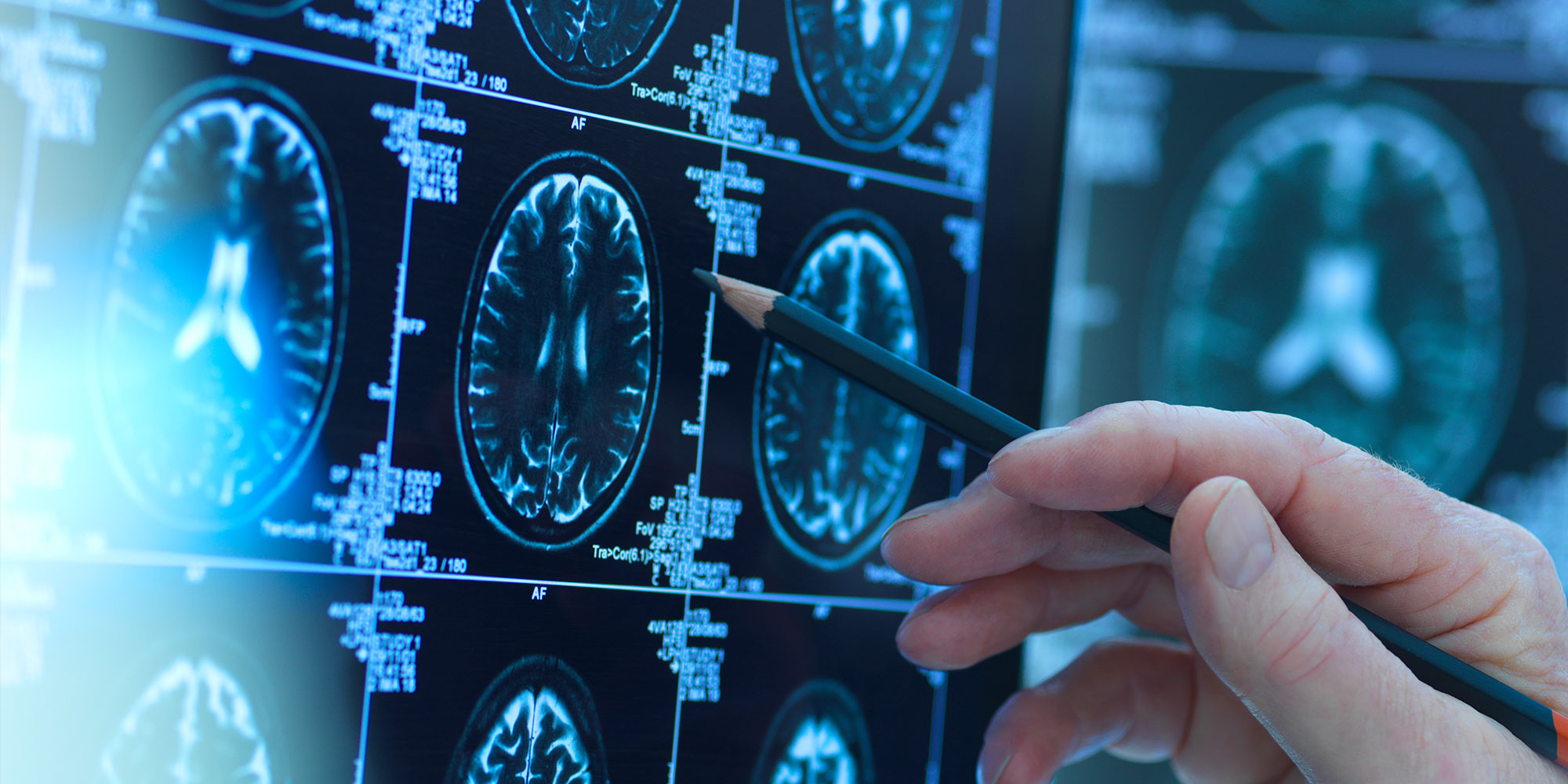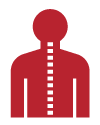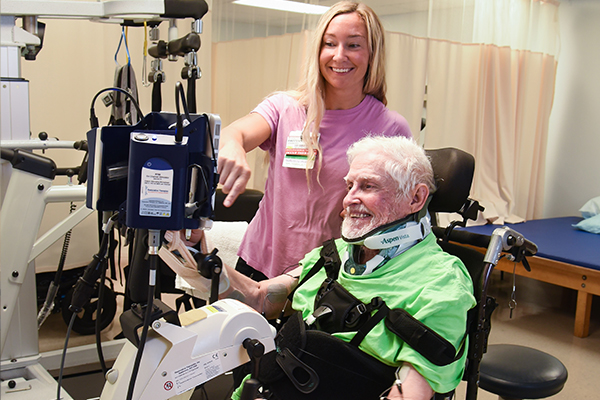Spinal Cord Injury Rehabilitation

Spinal Cord Injury Center of Excellence

After a spinal cord injury, it’s still possible to live a long, happy life. At Sunnyview Rehabilitation Hospital, our Spinal Cord Injury Center of Excellence can help. Some patients travel to us from far away because we offer rehab services that are not widely available.
You have access to technologies that help many patients get back on their feet. And our comprehensive approach helps more people adapt to their new way of life so they can safely live at home.
How Can Spinal Cord Injury Rehabilitation Help Me?
Spinal cord injuries interfere with the brain’s ability to communicate with other parts of the body. Some people cannot move or feel anything in their legs (paraplegia). Others have injuries affecting their arms and legs (quadriplegia).
Rehabilitation helps you push past challenges that include:
- Bladder and bowel control issues
- Complications affecting the body’s ability to regulate temperature, blood pressure and more
- Difficulty breathing, which may require a machine (ventilator) to help you get enough oxygen
- Emotional difficulties, including depression
- Getting around in a wheelchair
- Pain and abnormal muscle tightness (spasticity)
Spinal Cord Injury Rehabilitation in the Capital Region
We deliver trusted care even for the most severe (complete) spinal cord injuries. Our commitment to evidence-based practices and excellent outcomes has earned Sunnyview national recognition. The Commission on Accreditation of Rehabilitation Facilities (CARF®) accredits our program. We are the only facility in upstate New York with this designation.
Highlights of our program include:
- Comprehensive inpatient care: We deliver therapies that help people with paraplegia and quadriplegia move forward with their lives. Services include support to help you cope with changes in your life. You also have opportunities to interact with other patients and practice new skills.
- Family-centered approach: As your recovery progresses, we teach your loved ones how to keep you safe at home and avoid complications. If you live nearby, a therapist may visit your home. This visit helps the team tailor your care instructions. After discharge, a nurse visits or calls to answer questions. Explore discharge planning.
- Excellent outcomes: We consistently help patients return home as soon as it is medically safe to do so. And nearly all families who choose Sunnyview would recommend us to others.
Inpatient Spinal Cord Injury Programs - 2023
We’re proud to share our Inpatient Spinal Cord Injury Program outcomes and patient satisfaction for 2023, which compares favorably with inpatient rehabilitation programs throughout the region and the nation.
Individuals Served
83
Length of Stay
22 days
Returned Home Directly
from Their Stay at Sunnyview
81%
94%
of the patients served by our inpatient programs would recommend Sunnyview to family and friends
Our Team Approach to Spinal Cord Injury Care
Sunnyview’s experienced care team delivers coordinated rehabilitative services. You receive care from a team that uses evidence-based methods to help people with paraplegia and quadriplegia thrive. Meet our physical rehabilitation team.
The team includes:
- Physical medicine doctors (physiatrists) guide your care and are at your bedside nearly every day. They also lead team meetings to discuss recovery goals, progress and next steps.
- Nurses pay careful attention to your medical needs. Many of our nurses are certified in rehabilitation nursing. This level of care is not widely available.
- Behavioral health specialists address challenges such as depression and anxiety with compassion and helpful recommendations.
- Physical, occupational and speech therapists use various techniques to help you build strength and skills that maximize independence.
Advanced Spinal Cord Injury Therapies
Advanced therapies available at Sunnyview include:
Ventilator weaning
Ventilator weaning helps people whose lung function is stable safely come off a breathing machine. You benefit from the careful attention of lung specialists (pulmonologists) and respiratory therapists work together to personalize your care. Find out more about our ventilator weaning program.
Assistive technologies
You have access to technologies that help you safely get moving again, including:
- Wearable devices: We use the ReWalk™ and Ekso™ Exoskeleton to help you get back on your feet and learn how to walk again. When these devices sense movement, tiny motors engage to help you move your legs.
- Exercise bicycles: The bicycle strengthens abdominal muscles by moving your arms and legs. Gentle electrical currents stimulate muscles in these areas to promote natural movement. You get stronger while pushing the pedals and moving the hand cranks.
Additional Spinal Cord Injury Therapies
Your rehabilitation plan may also include:
- Occupational therapy teaches you new methods for completing daily tasks, like eating and transferring yourself in and out of a wheelchair.
- Physical therapy helps you regain strength, build up your endurance and relieve spasticity. Get more information about physical therapy.
- Speech therapy (pathology) addresses speaking and swallowing difficulties that interfere with communication and eating. Read about speech pathology.
- Wheelchair evaluations ensure you receive the appropriate wheelchair for your needs and comfort. Find out more about wheelchair evaluations.
Specialized Outpatient Services for People with Spinal Cord Injuries
After you complete inpatient care, we continue supporting your recovery with services that include:
- Driver rehabilitation: Assessments, lessons and special equipment recommendations help people with disabilities start driving again. Find out more about driver rehabilitation.
- Outpatient therapy: We help you work toward new speech, occupational and physical therapy goals. You can receive multiple therapies in one visit, making it easier to get the care you need. Get more information about outpatient neurorehabilitation.

Start Your Recovery
Call us today for more information about our rehabilitation programs.
Fax: 518-386-3619
Call: (518) 382-4516